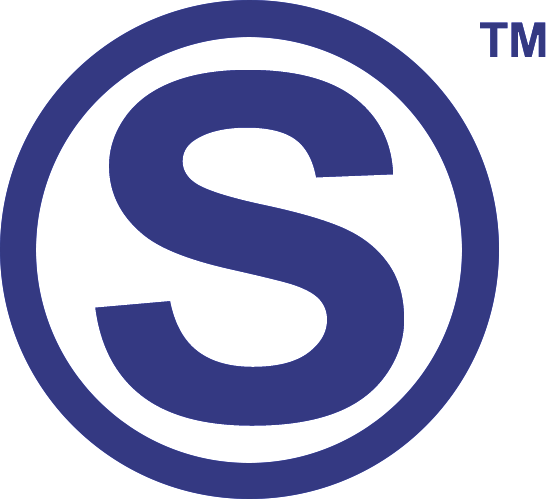Leukemia is actually a type of cancer which mainly attack blood and bone marrow. It begins with the production of abnormal white blood cells (WBCs), also known as leukocytes. The WBCs are formed in the bone marrow and that’s the site where leukemia starts. The normal function of WBCs is to provide strong immune system to the body, but in this disease, the WBCs are abnormal so they can’t perform their functions properly and cannot provide strong immunity. The cancerous cells have the ability of uncontrolled, proliferative and irregular multiplication, so in this disease, the abnormal WBCs multiply rapidly.
Types of Leukemias:
There are four main types of leukemias.
- Acute myeloid leeukemia
- Acute lymphocytic leukemia
- Chronic myeloid leukemia
- Chronic lymphocytic leukemia
Chronic lymphocytic leukemia is a slowly progressing disease occuring in the older patients. The exact cause of CLL is not known yet but there maybe some genetic mutations which lead to muliplication of abnormal WBCs. There is accumulation of multiple abnormal WBCs in the bone marrow.
Signs and symptoms of CLL vary according to the patient. But the overavll symptoms are;
- Weight loss
- Fatigue
- Fever
- Night sweats
- Swelling of lymph nodes
6.Weakness
The diagnosis of CLL can be done by complete blood count (CBC), blood chemistry, flow cytometry, and specific protien marker testing. Biopsy of bone marrow can also be used to confirm the diagnosis and for the assessment of the degree and spread of the disease.
The treatment for CLL vary depending upon the stage and severity of the disease. The treatment options are;
- Wait, watch and monitor
- Chemotherapy
- Targeted therapy
- Radiation therapy
- Immunotherapy
Apart from medical interventions, lifestyle mofications are also useful for the patients of CLL. These include healthy diet, regular exercise, reduce risk of infection, quit tobacco smoking and alcohol consumption.
CLL is a life threatning disease and it should be monitored very carefully. It is advised to follow the instructions of the doctor for better treatment.
